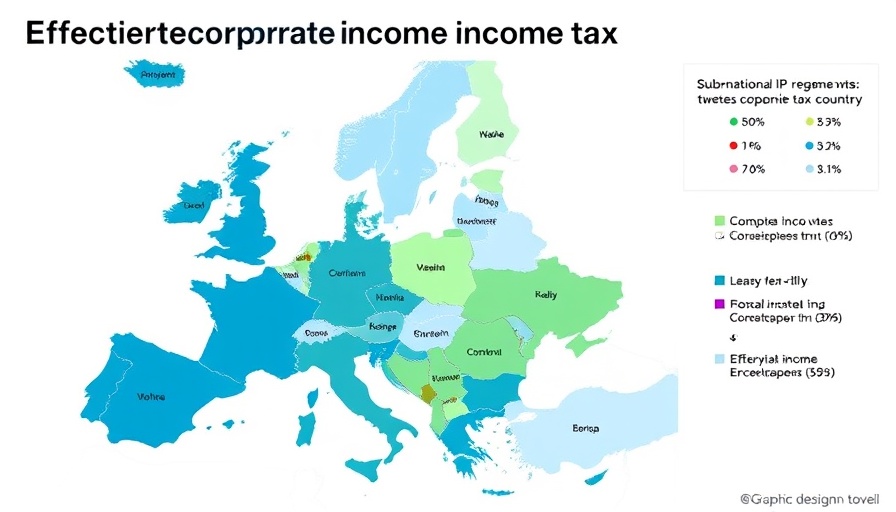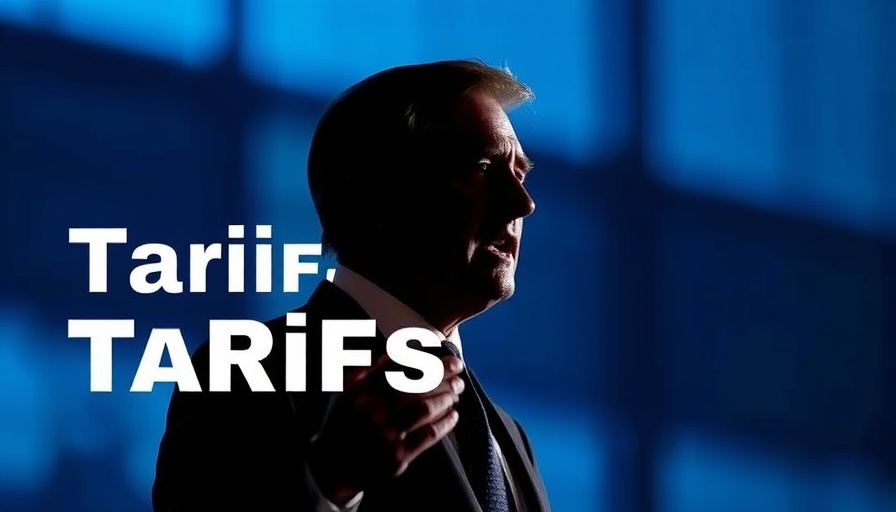
Understanding Patent Box Regimes: What They Are and Why They Matter
Patent box regimes, also known as intellectual property (IP) regimes, are designed to incentivize innovation by taxing income derived from IP at lower rates than the standard corporate tax. Common forms of eligible IP include patents, copyrights, and in some cases, software-related income. This system encourages businesses to localize their R&D activities and safeguard their intellectual property in the respective countries.
The State of Patent Box Regimes Across Europe in 2025
As of 2025, 13 out of 27 EU Member States have successfully implemented patent box regimes, fostering an environment conducive to business innovation. Some of the notable countries participating in this initiative include Belgium, Hungary, and the Netherlands. These regimes are relatively new, with most established in the last two decades, reflecting the growing recognition of the importance of IP in modern economies.
Complexities and Challenges of Patent Box Systems
While patent boxes aim to stimulate innovation, they also introduce complexity into tax systems. Critics argue that these regimes may not be as effective as anticipated in driving substantial R&D investments. Research indicates that the effectiveness of patent boxes can depend on various factors, including their design and implementation, as well as the vibrant economic landscape of the countries involved.
Parallel Examples: How Other Regions Are Adapting Their Tax Policies
In addition to Europe, other regions like Asia and North America are also evolving their tax policies to entice businesses to innovate and invest in local industries. For instance, several states in the U.S. have adopted similar tax incentives to attract high-tech firms. Comparing these methods can yield valuable insights into best practices for fostering a robust environment for IP innovation.
Future Predictions: The Evolution of Patent Box Regimes
As we look to the future, it is essential to consider how patent box policies might evolve. Given the ongoing concerns regarding profit shifting, there is a possibility that organizations will face tighter regulations. This could lead to a shift toward more nuanced regimes that balance incentive with accountability, creating a more favorable environment for genuine innovation.
The Value of Understanding Patent Box Regimes for SMEs and CPAs
For small to medium businesses (SMEs) and CPAs, grasping the intricacies of patent box regimes is crucial. They can potentially unlock significant tax savings while fostering innovation and growth. Understanding these regimes can empower businesses to make informed decisions about their R&D strategies and IP management.
Actionable Insights: Utilizing Patent Box Regimes Effectively
To maximize the benefits offered by patent box regimes, businesses should consider strategic positioning. Engaging in thorough tax planning, collaborating with tax professionals, and staying informed about legislative changes can ensure that they fully benefit from these advantageous tax policies.
Understanding the complexities and potential benefits of patent box regimes is more crucial than ever for businesses aiming to improve innovation while remaining compliant with tax regulations. With this growing importance, especially among SMEs and accounting professionals, developing a proactive approach can make a significant difference.
As developments in tax policy and innovation emerge, staying informed and adapting to these changes will be vital for successful business strategies. Explore the opportunities that patent box regimes present and take actionable steps to incorporate them into your business planning.
 Add Row
Add Row  Add
Add 




Write A Comment